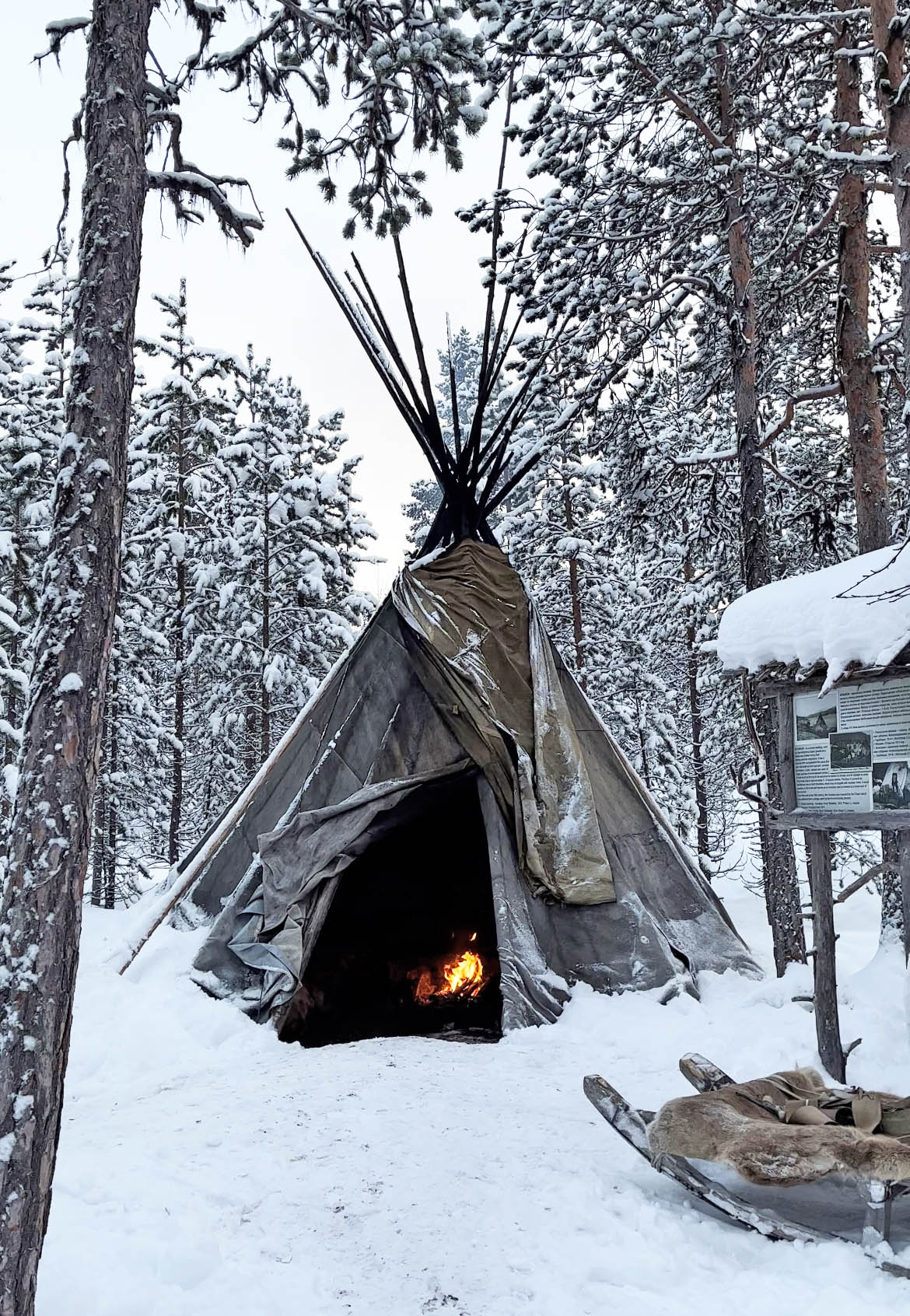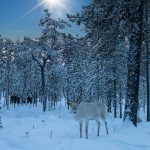The Sami People: Guardians of the Arctic and Keepers of an Ancient Culture

The Sami people, also known as the Lapps, are an indigenous group that has lived in the Arctic regions of Scandinavia and Russia for thousands of years. The Sami people have a rich cultural heritage and a unique way of life that has been shaped by the harsh and unforgiving Arctic environment. Today, the Sami people continue to preserve their traditions and cultural heritage, despite the many challenges they have faced over the centuries. In this article, we will explore the rich heritage of the Sami people and learn about the many aspects of their culture and way of life.
The Sami people have a rich spiritual heritage that is closely tied to the natural world. The Sami people have a deep respect for the land and the animals that live there, and they believe that all living things are connected and have a spiritual significance. The Sami people have a strong connection to the environment and are deeply committed to preserving it for future generations.
One of the most important aspects of Sami culture is the joik, a traditional form of music that has been passed down from generation to generation. The joik is a unique form of music that is characterized by its distinctive melody and rhythm. It is used to express the emotions and experiences of the Sami people, and it is an important part of their cultural heritage. The joik is often performed during special events and festivals, and it is an integral part of the Sami people’s spiritual and cultural heritage.
Another important aspect of Sami culture is their traditional clothing. The Sami people have developed a distinctive style of clothing that is designed to protect them from the harsh Arctic climate. The traditional Sami outfit consists of a warm parka made from reindeer hide, and a hat made from the same material. The Sami people also wear traditional boots that are designed to keep their feet warm and dry in the harsh Arctic conditions. This traditional clothing is still worn by many Sami people today, and it is an important part of their cultural heritage.
The Sami people have a rich history of nomadic pastoralism, and reindeer herding has been an important part of their way of life for centuries. The Sami people have a deep understanding of the behavior and habits of reindeer, and they have developed a sophisticated system for herding and caring for these animals. Reindeer herding is an important part of Sami culture, and it is a key aspect of their traditional way of life. Today, reindeer herding is still an important part of the Sami economy, and many Sami people continue to work as reindeer herders.
The Sami people have a rich tradition of storytelling, and storytelling is an important part of their cultural heritage. The Sami people have a long history of oral tradition, and they have passed down stories and legends from generation to generation. These stories often include legends about the creation of the world, the origins of the Sami people, and the adventures of their ancestors. The stories are an important part of Sami culture, and they help to preserve their heritage and traditions.
In recent years, the Sami people have faced many challenges, including environmental degradation, industrialization, and cultural assimilation. Despite these challenges, the Sami people have continued to preserve their cultural heritage, and they have worked hard to ensure that their traditions and way of life will be passed down to future generations.
In conclusion, the Sami people are a fascinating and unique indigenous group that have lived in the Arctic regions of Scandinavia and Russia for thousands of years. The Sami people have a rich cultural heritage, including a unique form of music, traditional clothing, a history of nomadic pastoralism, and a rich tradition of storytelling
Kirtiranjannayak




